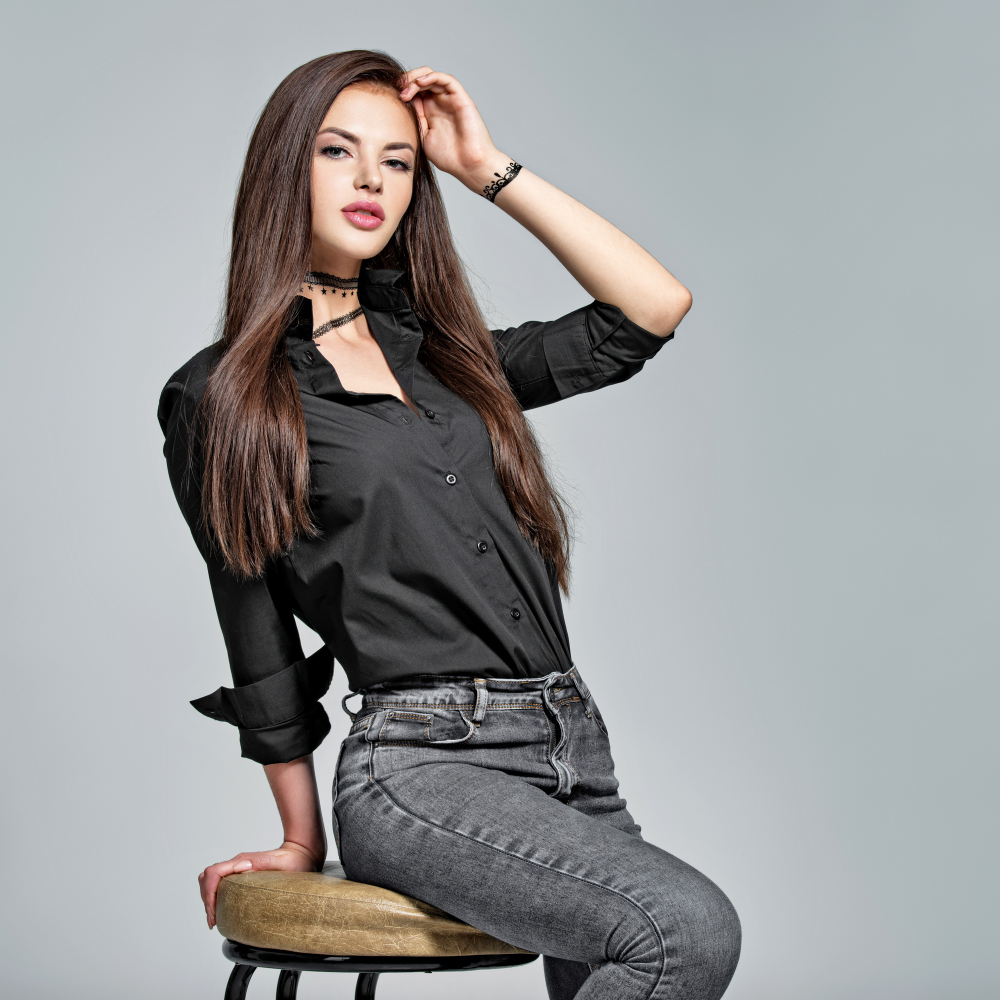Modeling in Music Video
Original price was: ₹8,999.00.₹4,999.00Current price is: ₹4,999.00.
Modeling in a music video refers to the inclusion of models, often individuals with a background in the modeling industry, to visually enhance and complement the artistic and aesthetic elements of the music video. Models in music videos play a role in conveying the storyline, mood, or theme of the video, and they are commonly featured alongside the performing artist or band.
Description
Modeling in a music video refers to the inclusion of models, often individuals with a background in the modeling industry, to visually enhance and complement the artistic and aesthetic elements of the music video. Models in music videos play a role in conveying the storyline, mood, or theme of the video, and they are commonly featured alongside the performing artist or band.
Key Aspects of Modeling in Music Videos:
1. Aesthetic Enhancement:
– Models are often chosen to enhance the visual appeal of the music video. Their presence contributes to the overall aesthetic and style envisioned by the director and artist.
2. Narrative Support:
– Models may be integrated into the storyline or concept of the music video, helping to convey a specific message or complement the lyrics of the song.
3. Fashion and Style Representation:
– Models are frequently used to showcase fashion, style, and trends in the music video. They may wear designer clothing or outfits that align with the visual theme of the video.
4. Symbolism and Imagery:
– Models can be employed to represent symbols, themes, or abstract concepts within the music video, adding depth and layers to the visual narrative.
5. Visual Harmony:
– Models contribute to the overall visual harmony of the music video by interacting with the artist, the set, and other elements in a way that aligns with the director’s vision.
6. Diverse Roles:
– Depending on the storyline, models may play various roles, such as love interests, characters in a narrative, or elements representing specific emotions.
7. Dance and Movement:
– In music videos with choreography or dance sequences, models may be involved in showcasing movement and contributing to the overall dynamic of the video.
8. Brand Endorsements:
– Music videos are sometimes used as a platform for product placement or brand endorsements, and models may be featured to promote specific products.
Casting and Collaboration:
1. Casting Process:
– Models for music videos are usually selected through a casting process led by the video director, casting directors, or the artist’s team. The selection is based on the visual requirements of the video.
2. Collaboration with the Artist:
– Models often collaborate closely with the performing artist or band during the filming of the music video. This collaboration ensures that the visual elements align with the artist’s vision.
3. Artistic Direction:
– Models follow the artistic direction provided by the video director, adapting their expressions, movements, and interactions to convey the desired mood and atmosphere.
Examples of Modeling in Music Videos:
1. Love Interest Roles:
– Models may be cast as love interests in narrative-driven music videos, portraying romantic relationships with the artist.
2. Fashion-Focused Videos:
– In videos emphasizing fashion and style, models are featured to showcase clothing, accessories, and overall aesthetics.
3. Symbolic Representation:
– Models may represent symbols or metaphors, contributing to the symbolic or conceptual elements of the music video.
4. Dance Performances:
– Models with dance skills may be featured in music videos with choreographed dance sequences, adding dynamic movement to the visuals.
Models in music videos contribute to the storytelling and visual language of the production, adding an extra layer of creativity and sophistication to the overall presentation. The collaboration between models, artists, and video directors plays a crucial role in bringing the vision of the music video to life.




